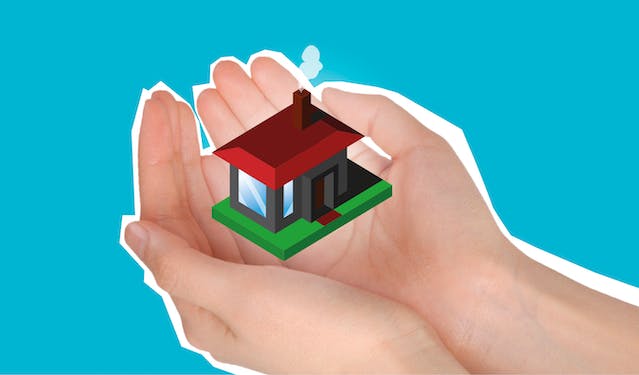What is Microfinance?
- Microfinance is a category of financial services that is designed to be accessible to low-income individuals and small businesses who lack access to conventional banking services. These services typically include small loans, savings accounts, and money transfers. The organizations that provide these services are called Microfinance institutions (MFIs).
Contributing to Economic Growth:
- India has a large number of people living in rural and economically marginalized areas, where traditional banking services often face challenges in reaching the population. Microfinance helps bring them into the financial system by providing small loans tailored to the modest financial needs of individuals and small businesses in these areas. This contributes to the achievement of financial inclusion throughout the country.
- Microfinance has helped millions of poor households escape poverty by providing them with the means to start or expand their small businesses.
- Microfinance programs in India often target women as beneficiaries. By providing financial resources to women entrepreneurs, microfinance contributes to their economic empowerment, leading to improved social status and decision-making power within households and communities. This has led to reduced gender inequality.
- Microfinance enables the growth of small businesses and entrepreneurship, leading to job creation at the grassroots level.
Contributing to Crisis Resilience:
- Microfinance acts like a financial safety net during tough economic times. It offers flexible ways for people and small businesses to repay loans and provides extra support, making it easier for them to handle money problems and economic uncertainties.
- Microfinance institutions are among the primary responders when disasters such as floods or earthquakes occur. They are able to act swiftly, providing emergency loans, adjusting loan repayments, and offering other forms of assistance, helping people rebuild their lives and livelihoods. This helps communities in recovering faster, making them stronger and better able to handle the impacts of disasters.
- Microfinance can quickly change and adapt, even during health crises like the COVID-19 pandemic, to continue providing much-needed financial assistance and support to marginalized communities in India.
Challenges:
- One major concern is the risk of over-indebtedness among borrowers. In some cases, individuals may take loans from multiple microfinance institutions to meet their financial needs, leading to a cycle of debt that becomes difficult to manage.
- Microfinance institutions (MFIs) often charge higher interest rates compared to traditional banks, which can make it difficult for borrowers to repay their loans and achieve financial stability.
- Borrowers often lack adequate financial literacy and capacity to make informed decisions about loans and manage their finances effectively.
- Achieving financial sustainability is a challenge for some microfinance institutions. Evaluating the credit risk of individuals in the informal sector proves to be complex, given the absence of traditional credit histories and collateral. This absence makes it challenging for microfinance institutions to precisely determine the creditworthiness of borrowers.
Conclusion:
Microfinance has played a crucial role in providing financial services to those traditionally excluded, particularly in rural India. Despite facing challenges, it has empowered individuals, promoted entrepreneurship, and contributed to reducing gender inequality.
During crises, microfinance institutions have been quick to respond, offering flexible support in economic downturns and aiding in the recovery from disasters and health emergencies like the COVID-19 pandemic.
Looking ahead, the future of microfinance in India looks promising. Through technological advancements and innovative approaches, microfinance is positioned to continue making a transformative impact, contributing to economic growth and resilience, and ensuring that the benefits of financial inclusion reach even the most vulnerable populations.
Your Turn…
What are your thoughts on the Role of Microfinance in India? Express your views through the comment section below. Subscribe to our blog to read answers to the trending GD topics.
Photo by Monstera Production
References:
Copyright @ Group Discussion Ideas.

